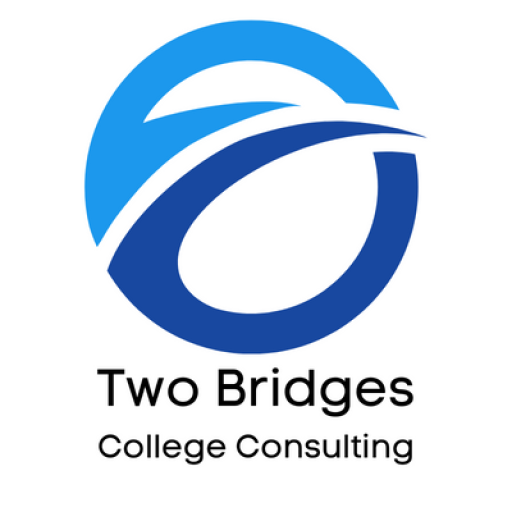Transcript from PCACAC StriveScan college fair, Sept. 20, 2021
Bryant University has a long history dating all the way back to 1863. Our original campus was in downtown Providence, right where the campus of Brown University sits today, and then the early 1970s we moved our campus right up the road to Smithfield, Rhode Island. Earl Tupper, who was the founder of Tupperware, donated the 450 acres that Bryant University’s on today.
It’s a wonderful city,home to a wide variety of different colleges and universities. I describe Providence as a smaller version of Boston: you have the colleges and universities, a lot of different industry, the Dunkin Donuts Center for concerts and events, Providence Place Mall to shop, and a fun fact about Providence is it has the most restaurants per capita of any city in the United States, so you certainly won’t go hungry.
You can also get down to the beach in about a half hour and up to Boston in an hour and down in New York City about three hours. But even though you have access to those cities, it’s certainly, you know, a green suburban campus. We have one way in, one way out. It’s a very residential community: 95% of our first year students and 80% of the entire student body lives on the campus.
We’re Division One for all of our athletics. We also have great club sports and 110 different clubs and organizations. Bryant’s going to be a place where you get a true college experience. Not only inside but also outside of the classroom as well academically.
This is really the philosophy that that Bryant takes. We were founded as a business only college and the College of Business does hold accreditation, many of the programs and the College of Business have received some national attention so a lot
of the people generally associate Bryant with business, but we have a wonderful College of Arts, as well.
So any student that comes to Bryant. Let’s say you major in business; you’re going to be required to minor in the College of Arts and Sciences, and if you’re going to major in the College of Arts and Sciences, you’re going to be required to minor in business. So for those that are going into careers in business that minor in the College of Arts and Sciences, we help you develop those soft skills like communication and critical thinking, analytical thinking, how to be part of a team.Tthat’s going to serve you well at any business career.
And then our students that are majoring in the arts and sciences, that minor in business is going to help them in their careers in the arts and sciences by understanding basic financial structures, how organizations function, how to manage people. And this really cross-disciplinary education makes our students well rounded and they’re also exactly what employers want.
So 55% of our students will double major or minor, or have multiple concentrations, and it breeds really interesting combinations. For example, our international business program, which was just ranked number 20 in the country by US News World Report. Our students will combine that with a foreign language, Spanish or French or Chinese would serve students well that are going into that career.
In business you might combine marketing with psychology, or global supply chain management with something like economics; accounting with applied mathematics and statistics; and the vice versa. Our students that are interested in the sciences might major in biology and have a minor in something like management, that’s a nice supplementary skill set, or students interested in communication might add a finance background to their degree and it’s really creating a lot
of different options for our students. You do not have to declare a major till the end of your second year, so you have plenty of flexibility there.
And in the first year you have a gateway curriculum which is really the foundation of your academic journey, and that will be an introductory course to the College of Arts and Science and an introductory course to the College of Business, exploring all the options for you in the two schools, and then that also includes your idea program. The IDEA program is the Innovation Design Experience for All, which is a really unique kind of hallmark of a Bryant education. You get a crash course in design thinking, which is really a concept used by Microsoft, Google, Apple, Nike every company you can think of. And then you’re actually going out into a real world scenario and implementing that design thinking with other students in the first year
class so it’s a very intense 72 hour experience that happens three days before the start of the second semester. You get to meet new professors, new students, upperclassmen, staff members, while also learning a skill you’re going to use throughout your education and talk about in your interviews.
With 3500 undergraduate students, that makes Bryant, depending on your perspective, a smaller to a medium-sized school so that produces an average class size of 26 and a student/faculty ratio of 13 to 1. And we have no teaching assistant inside campus so you will be in the classroom where people are the experts in the field that you want to pursue the two ways that I described: it’s very real world, real focus. We’re trying to provide you as many hands-on experiences that you can possibly have throughout your education.
Just a few stats to end it up here and 99% of last year’s class was employed or in grad school six months afater graduation with the starting median salary of 60,000 US dollars.
